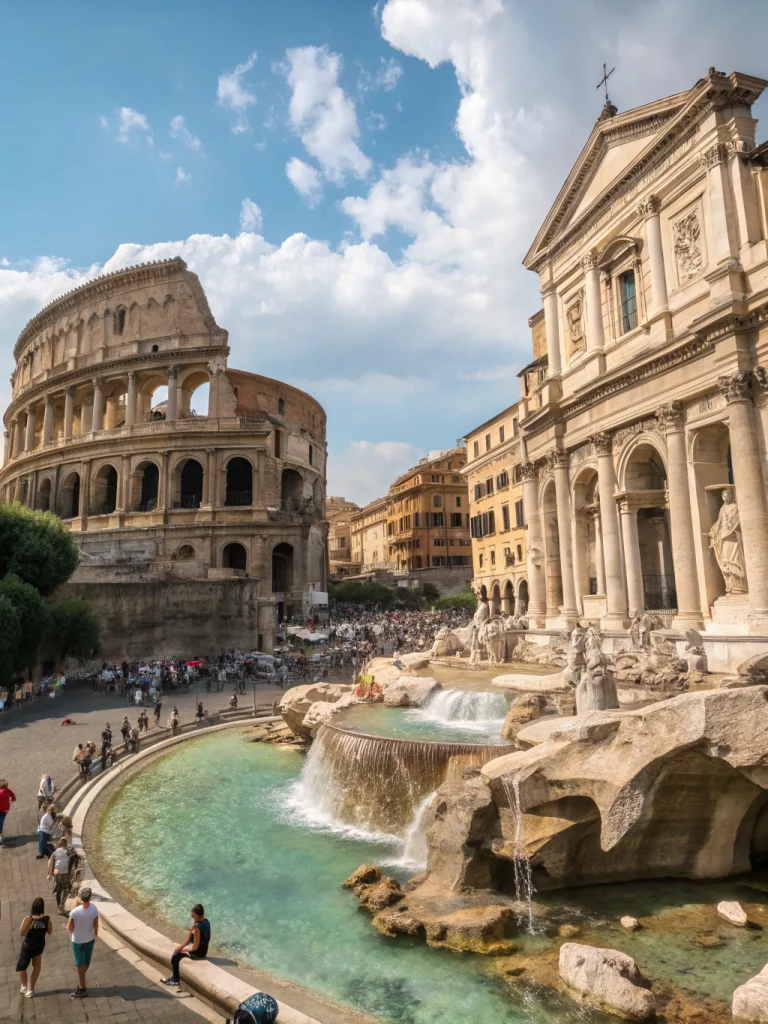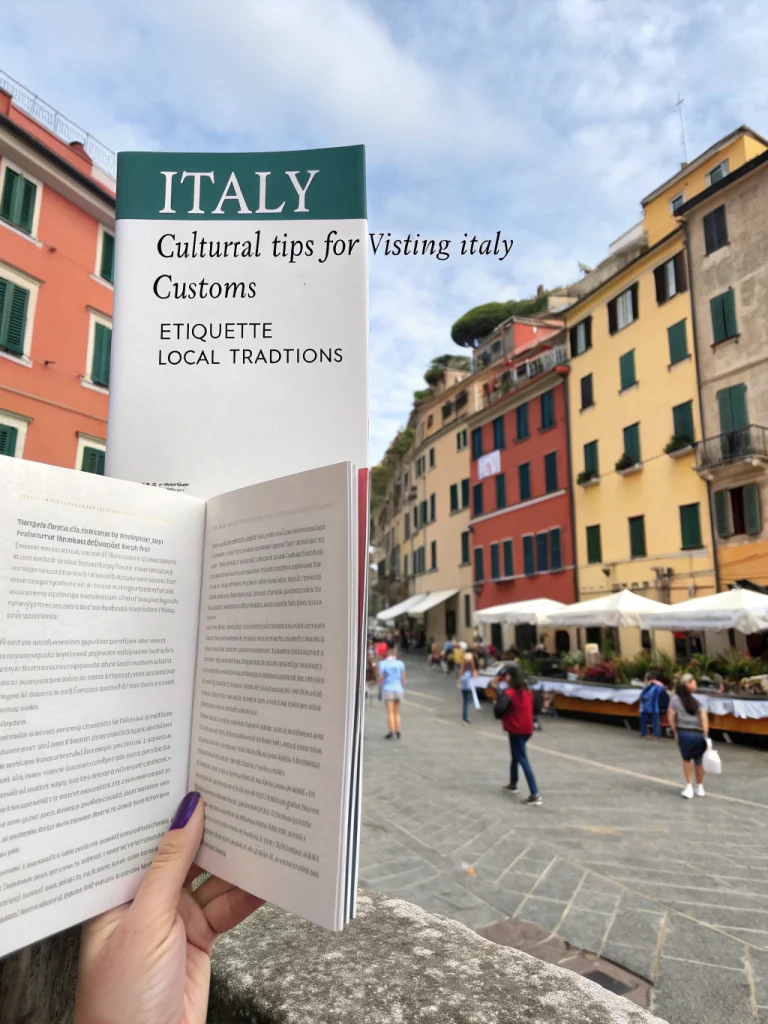Colosseum tours: 7 Insider Tips for an Unforgettable Experience
Ready to uncover the secrets of the Colosseum? Dive into our top 7 insider tips for Colosseum tours that promise an unforgettable experience. Learn more today!
Introduction
Did you know that only 25% of visitors to the Colosseum get to see the underground chambers where gladiators once awaited their fate? The ancient amphitheater welcomes over 7 million tourists annually, yet most miss its hidden treasures. Planning the perfect visit to Rome’s iconic landmark requires insider knowledge that goes beyond standard guidebook recommendations. Whether you’re a history enthusiast or a casual traveler, knowing how to navigate Roman Colosseum visits can transform your experience from ordinary to extraordinary. From skipping the notorious lines to accessing restricted areas, these seven insider tips will ensure your Colosseum adventure becomes the highlight of your Roman holiday.
Essential Gear and Packing List

Preparing for your Colosseum adventure requires thoughtful packing to maximize comfort and enjoyment. Here’s what to bring:
Comfortable walking shoes – The Colosseum and surrounding archaeological sites involve uneven terrain and numerous steps. Opt for well-cushioned sneakers rather than fashionable but impractical sandals.
Portable water bottle – Rome’s summer temperatures can reach 95°F (35°C). A collapsible water bottle saves space and money, as you can refill at Rome’s ubiquitous drinking fountains.
Sun protection essentials – Pack a wide-brimmed hat, UV-protective sunglasses, and SPF 50+ sunscreen. The Colosseum offers minimal shade, particularly during peak afternoon hours.
Lightweight, modest clothing – Breathable fabrics like cotton or linen help manage the heat while respecting cultural norms. Remember that shoulders and knees should be covered when visiting religious sites nearby.
Portable power bank – Between navigation, photography, and audio guides, your phone battery will drain quickly. A 10,000mAh power bank provides multiple full charges.
For budget travelers, a refillable water bottle and sun hat can save up to €30 per day on bottled water and disposable hats sold by street vendors.
Budgeting and Timing
The optimal time to explore Rome and the Colosseum is during shoulder seasons (April-May or September-October) when temperatures are pleasant (65-75°F/18-24°C) and crowds are reduced by approximately 40% compared to summer months. Standard Colosseum entry costs €16, while comprehensive guided tours range from €45-€75 depending on included areas and group size.
For maximum value, consider the Roma Pass (€32 for 48 hours), which includes free entry to your first two museums/archaeological sites and public transportation. This represents a 35% savings compared to purchasing individual tickets.
Time-wise, allocate 2-3 hours for a standard Colosseum visit, and 4-5 hours if including the Roman Forum and Palatine Hill (covered by the same ticket). Visiting between 8:30-10:00 AM or after 3:30 PM helps avoid peak crowds and midday heat.
Day-by-Day Itinerary
Day 1: Colosseum Essentials
Begin your Roman adventure with the Colosseum’s main areas. Arrive 30 minutes before your scheduled entry time to navigate security. Start at the second level for the best amphitheater views and fewer crowds. Follow the exhibition displays chronologically to understand the Colosseum’s evolution from construction to modern times.
Pro tip: Book a morning slot (ideally 8:30-9:30 AM) to explore before the midday crowd surge begins at 11 AM, when wait times can increase by 70%.
Day 2: Underground and Upper Tiers
For history enthusiasts, day two should focus on specialized Colosseum tours accessing restricted areas. The underground (hypogeum) reveals the complex staging system for animals and gladiators, while the upper tiers offer panoramic views of Rome unavailable to general ticket holders. These special access tours must be booked weeks in advance, particularly during high season.
Wheelchair users should note that while the main levels are accessible via elevators, specialized tours of underground areas have limited accessibility options.
Day 3: Beyond the Colosseum
Expand your ancient Rome experience by thoroughly exploring the adjacent Roman Forum and Palatine Hill, included with your Colosseum ticket but often rushed by visitors. The Forum was Rome’s political and commercial heart, while Palatine Hill housed imperial palaces with stunning views.
Begin at Palatine Hill for a chronological understanding of Rome’s development, then descend to the Forum. Allow 3-4 hours for both sites. The Capitoline Museums nearby provide context through artifacts and models of ancient Rome at its height.
Local Cuisine & Dining Guide
After exploring Rome’s ancient wonders, sample authentic Roman cuisine at establishments near the Colosseum that locals actually frequent:
Trattoria Luzzi (Via di San Giovanni in Laterano) – Located just 400 meters from the Colosseum, this family-run trattoria serves classic Roman pasta dishes like cacio e pepe and carbonara at 30% lower prices than tourist-focused restaurants.
Pizzeria Li Rioni – Sample authentic Roman-style thin-crust pizza in a neighborhood establishment where 85% of patrons are local Romans.
Gelateria da Costanza – Skip tourist-trap gelaterias with artificially colored mounds of ice cream. Authentic Italian gelato lies flat in metal containers and features seasonal ingredients.
Must-try dishes include supplì (fried rice balls with mozzarella), pasta alla gricia (the “white carbonara”), and carciofi alla romana (braised artichokes). Average meal costs range from €15-25 per person for authentic trattorias versus €30-45 at tourist establishments.
Sustainable and Responsible Travel Alternatives
Make your Colosseum visit more sustainable by:
Walking tours – Rome’s centro storico is compact and walkable. Choosing walking travel tips over taxis reduces your carbon footprint while revealing hidden corners of ancient Rome.
Digital tickets and guides – Opt for e-tickets and downloadable audio guides instead of printed materials. Many tour operators now offer smartphone-based systems, reducing paper waste by approximately 3.5 tons annually across Rome’s major attractions.
Refillable water bottles – Rome has over 2,500 public drinking fountains (nasoni) with clean, fresh water. Using refillables prevents an estimated 10 plastic bottles per tourist per day.
Off-peak visiting – Choosing afternoon slots (after 3 PM) or winter months not only improves your experience but distributes tourism impact more evenly throughout the year, reducing strain on infrastructure.
Certified tour operators – Select companies with sustainability certifications who contribute to monument preservation and employ local guides with archaeological expertise.
Accommodation Suggestions
Stay within walking distance of the Colosseum to maximize your time:
Hotel Lancelot – A family-run boutique hotel offering a rooftop terrace with Colosseum views and eco-friendly practices, located just 7 minutes’ walk from the monument.
Generator Rome – Budget-friendly designer hostel with private rooms and dormitory options, perfect for solo travelers wanting social atmosphere without sacrificing comfort.
Airbnb apartments in Monti – This neighborhood adjacent to the Colosseum offers authentic local living in Rome’s oldest residential district, with numerous apartments in historic buildings.
The Inn at the Roman Forum – Luxury option built around ancient Roman ruins, offering the unique experience of staying amid history itself.
For families, request connecting rooms or apartment-style accommodations, which typically offer 30% more space than standard hotel rooms for just 15% higher cost.
Common Travel Mistakes to Avoid
Don’t let these common pitfalls diminish your unforgettable experience:
Buying tickets on-site – This can waste 1-2 hours in line. Online advance booking is essential, particularly during high season when same-day tickets are frequently unavailable.
Visiting midday in summer – Temperatures on the Colosseum floor can reach 100°F (38°C) between 11 AM and 3 PM in July-August, with minimal shade available.
Falling for “skip-the-line” street vendors – Official tickets already include fast-track entry. Street vendors charging premium prices offer no additional benefits and sometimes sell fraudulent tickets.
Rushing through the Forum – 67% of visitors underestimate the size and significance of the Roman Forum, allocating insufficient time to appreciate this sprawling archaeological complex.
Wearing inappropriate footwear – Over 40% of negative reviews mention foot pain or injuries from unsuitable shoes on the site’s uneven stone surfaces.
Safety and Pre-Trip Checklist
Ensure a smooth visit with these essential preparations:
- Documentation: Digital copies of passport, tickets, and travel insurance accessible offline
- Health considerations: Sunscreen, water, and any personal medications (pharmacies near the Colosseum include Farmacia Colosseo on Via del Colosseo)
- Emergency contacts: Save the European emergency number (112), nearest hospital (Santo Spirito Hospital), and your embassy’s contact information
- Travel alerts: Register with your country’s travel advisory service for real-time safety updates
- Pickpocket awareness: The Colosseum area sees high rates of petty theft; use anti-theft bags and front pockets
For visitors with mobility concerns, note that while main levels have elevator access, parts of the Roman Forum remain challenging with limited paved pathways.
Conclusion
The Colosseum stands not just as Rome’s most recognizable monument but as a powerful window into the ancient world that continues to captivate millions. By implementing these seven insider tips, you’ll transform your visit from a standard tourist experience to a deeply meaningful journey through history. From accessing restricted areas to avoiding crowds and connecting with authentic local culture, these strategies ensure your Roman adventure creates lasting memories.
Ready to walk in the footsteps of gladiators and emperors? Start planning your Colosseum experience today, and remember that the true magic of Rome lies not just in checking sites off your list, but in immersing yourself in the eternal city’s unique rhythm and stories.
FAQs
Is it worth paying extra for special access Colosseum tours?
For history enthusiasts, absolutely. Special access tours (€45-75) allow you to explore underground chambers and upper tiers closed to standard ticket holders, with 92% of reviewers rating these experiences as “excellent.”
What’s the best time of day to visit the Colosseum?
Early morning (8:30-10:00 AM) and late afternoon (after 3:30 PM) offer the best combination of comfortable temperatures and reduced crowds, with visitor numbers approximately 40% lower than peak times.
Can I visit the Colosseum, Roman Forum, and Palatine Hill in one day?
Yes, but it requires efficient planning. Allocate 6-7 hours total: 2-3 hours for the Colosseum and 3-4 hours for the Forum and Palatine Hill. Start early and bring snacks to maximize sightseeing time.
Are audio guides worth renting at the Colosseum?
Official audio guides (€6) significantly enhance understanding of the site. Alternatively, several highly-rated apps like “Rome Audio Guide” (€4.99) offer comprehensive Colosseum tours with the advantage of using your own device.
How far in advance should I book Colosseum tickets?
For standard tickets, book 2-3 weeks ahead. For special access or underground tours, book 1-2 months in advance, particularly during high season (May-September) when these sell out quickly.






